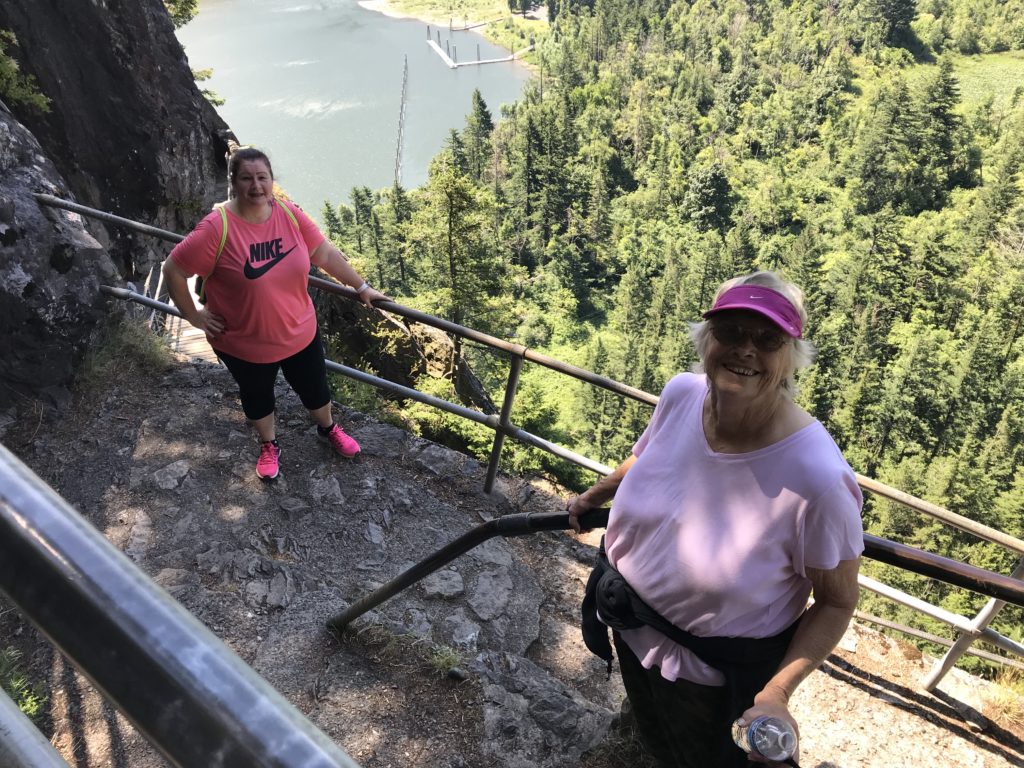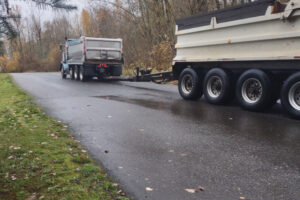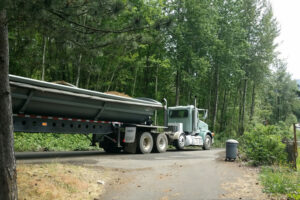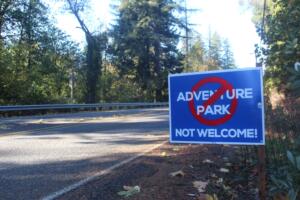In the year following the 2017 Eagle Creek wildfire, which closed a number of popular hiking trails on the Oregon side of the Columbia River Gorge National Scenic Area, at least one Washington Gorge hiking area reported a record number of visitors.
Washington State officials documented 292,662 visitors to Beacon Rock State Park, about 18 miles east of Washougal, in 2018. That was, by far, the all-time record for visitors to the park, said Meryl Delena Lassen, of the Washington State Parks and Recreation Commission.
“It (Beacon Rock attendance numbers) really spiked in 2018 after the fires, especially while the Oregon trails were closed,” Lassen said.
With several Oregon-side trails still closed, hikers seem to still be flocking to the Washington side of the Gorge.
w
Last weekend, on Sunday, June 30, the Beacon Rock trail was packed with visitors.
Marc Boucher-Corbert, of Southeast Portland, took in the view from the top of the trail with his family and friends, several of whom were visiting from Norway and Japan.




